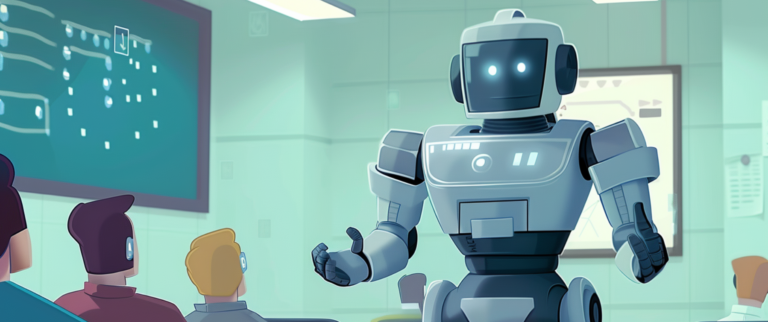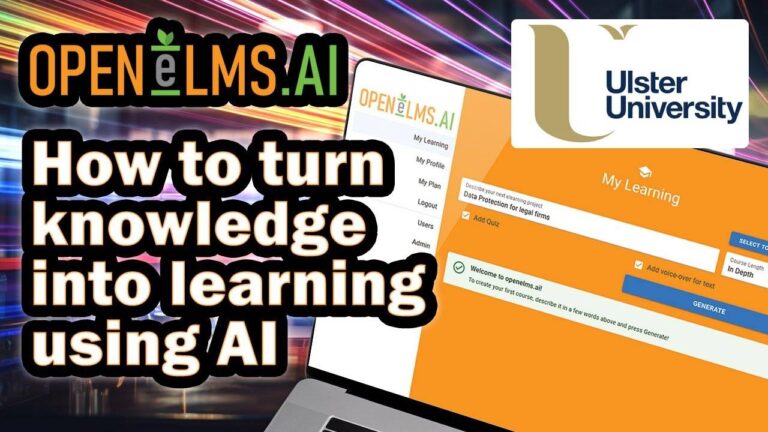
The Future of Business Training: AI for Training and Development
AI is significantly impacting the future of business training by facilitating the creation of interactive and personalised programmes. With machine learning, AI adapts to individual learners while natural language processing improves learner-AI interaction through the use of learning chatbots. AI is also enhancing content creation, accelerating upskilling by creating learning topical materials in minutes.. Furthermore, AI’s automation and personalisation are









